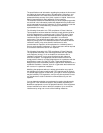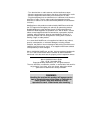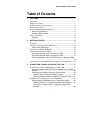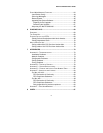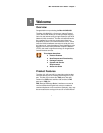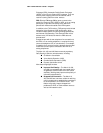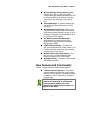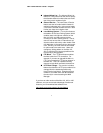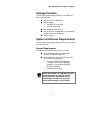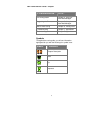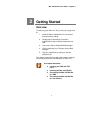Max 410/420/430 User’s Guide – Chapter 1
2
Exchange (PBX), Automatic Public Branch Exchange
(APBX), or Key Phone System (KPS) systems. They are
used to place outgoing calls over the Internet and to
receive incoming calls from other devices.
FXO (Foreign EXchange Office) ports connect to the
analog line card on a PBX, APBX, or KPS, or to an analog
phone jack, to provide connectivity to the Max from
phones both inside and outside of the PBX system.
In addition to the FXS functions, FXO ports provide limited
Interactive Voice Response (IVR) functionality, which
includes multiple options for caller greetings, passwords,
and Internet call forwarding. This allows the Max 410 to
assume many IVR functions when the PBX does not
provide them.
A separate port with its own telephone line connection to
the PBX, or to an analog telephone, is required for every
concurrent telephone call (or conversation). For example,
if capability for 3 concurrent calls is desired, then the Max
must have at least 3 ports connected to the PBX or to
analog telephones.
The Max 410, 420, and 430 feature several proprietary
QoS (Quality of Service) enhancements, including:
G.168 echo cancellation
Voice Activity Detection (VAD)
Comfort Noise Generation (CNG)
Dynamic jitter buffer control
More feature highlights include:
Improved Call Quality – The Max 410, 420,
and 430 are compatible with more state-of-the-
art gateways such as Nuera and Cisco (when
available), which greatly improves the quality of
calls with reduced latency.
Dropped Call Prevention – The Max 410,
420, and 430 are now more reliable in retaining
calls in progress by re-establishing connections
to call controllers if an IP stream is lost. This
feature will greatly improve dropped call
problems for ADSL or Cable modem users as
well as LAN network users.




